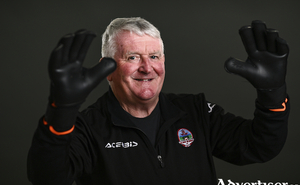Search Results for 'Imperial Hotel'
28 results found.
Some Galway buskers
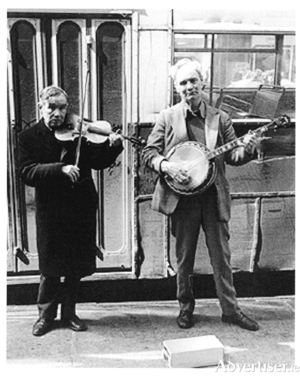
Busking is the practice of performing in public places, such as on the street, for tips or gratuities or voluntary donations. It comes from the Spanish word Buscar—to seek (fame and fortune) or the Latin word Buscare – to procure, to gain. Busking could take many forms, clowning, dancing, singing, fortune telling, mime, living statue, one-man band, puppeteering, juggling, reciting poetry, even Christmas carolling. One’s ‘pitch’, where one performed, was very important. It had to be a place where there was a lot of traffic, lots of people, high visibility and little background noise.
Grealish’s Saddlery
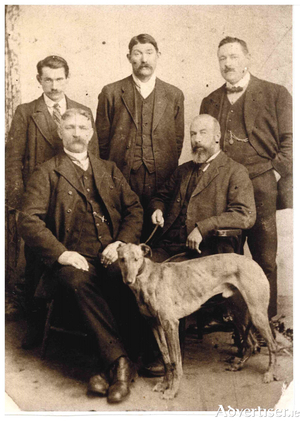
Michael Grealish served his apprenticeship (it cost him 100 guineas) in Garret’s Saddlery in Eyre Square, roughly where the Imperial Hotel is today. When he finished, he decided to set up his own saddlery business at the beginning of the last century at Number 2, Eyre Square. At the time, the horse reigned supreme. There were regular horse fairs in Eyre Square at the time and this obviously helped his start-up.
Concern expressed as Tuam hotel to house 103 asylum seekers
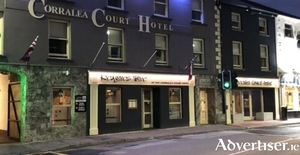
Independent TD Sean Canney has expressed concern at the decision by the Department of Youth Affairs, Integration and Disabilities to locate 103 Asylum Seekers in the Corralea Court Hotel, in the Square in Tuam.
Imperial’s new menu is food fit for an emperor
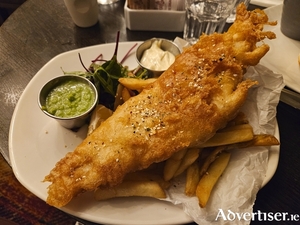
There has been an hotel on the site now occupied by the Imperial Hotel since the era of the Napoleonic empire. It was Bonaparte himself who quipped “an army marches on its stomach,” and if he had had the services of the Imperial’s head chef Ben Duncan, then Old Boney’s legions might still be trotting along nicely today.
Bianconi in Galway
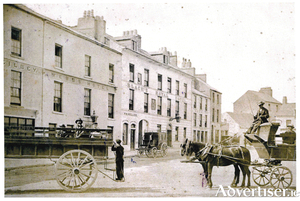
Charles Bianconi is generally regarded as the man who put Ireland on wheels. He developed a network of horse-drawn carriages that became Ireland’s first integrated transport system, building on the existing mail roads and coach roads that were already there. There was a general tax on coaches at the time, which precluded the middle classes from using theirs, and a relatively peaceful period after the Battle of Waterloo meant that a great many horses, bred for the army, became cheap on the market. His system offered connections with various termini, his prices were cheap and so he was well patronised, in spite of the discomfort felt by passengers. Often, when going up a hill, some passengers would alight to make the carriage lighter for the horses.
‘A man ran shouting: Lord Cavendish and Burke are killed..’
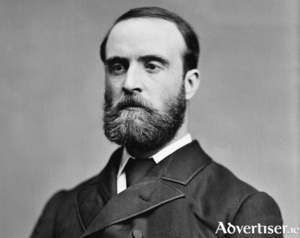
The Maamtrasna Murders happened at a time of deep unrest in Ireland. Three years previously, the most effective protest against the insidious landlord domination of the vast majority of the Irish people found expression in the Land League. It was established on October 21 1879, in the Imperial Hotel, Castlebar, by a former Fenian prisoner Michael Davitt. In a sweeping revolutionary statement, the League proclaimed the right of every tenant farmer to own the land he worked on. Because of the abuses heaped on tenants by some landlords, it had an immediate impact.
The Imperial or Daly's Hotel
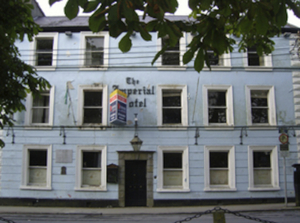
In November 1842, Castlebar businessman Martian Sheridan was declared bankrupt. Dublin auctioneer John Littledale published a list of Sheridan's assets to be sold by public auction.
‘A photograph will tell you a thousand things’
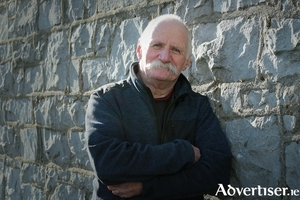
Tommy Holohan is a living history of Galway city, and more particularly, a living history of one of its most unique areas - The Claddagh - and his passion for both has led him to discover and collect an extraordinary array of photographs, postcards, and documents charting the evolution of the city.
Trials of the Threshers – Castlebar Courthouse 1806
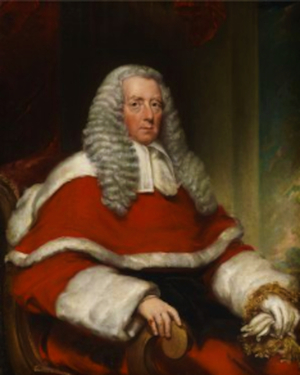
Picture this – imagine if this week, our attorney general and chief justice, together with our most senior and respected legal counsel, solicitors, prosecutors, and supporting officials and clerks, abandoned government buildings and the Four Courts and made their way west to Castlebar.
